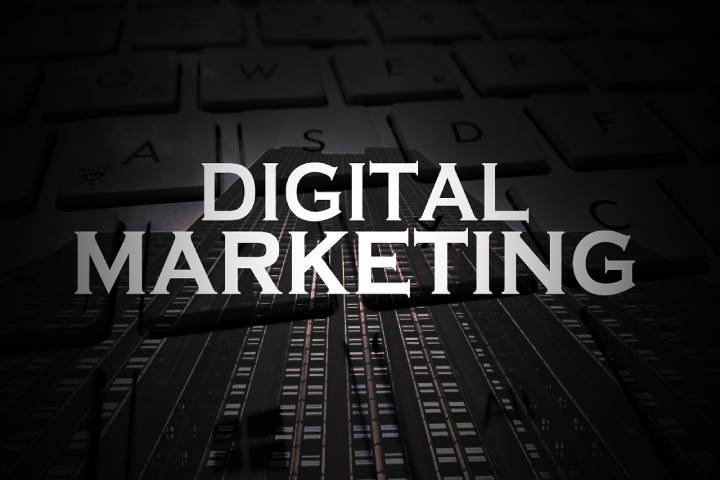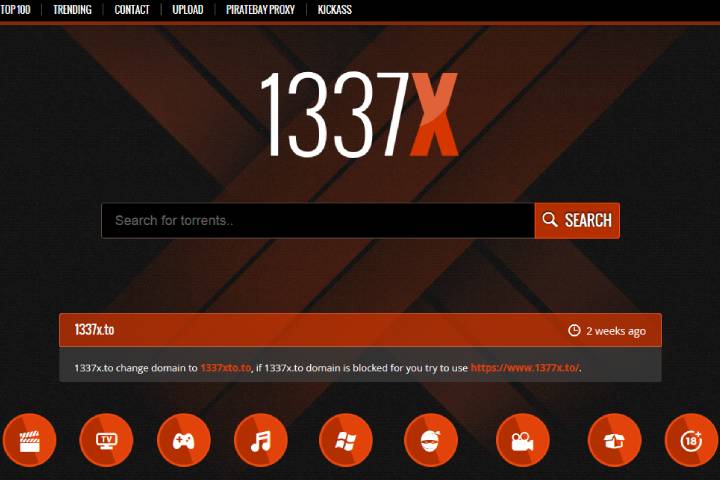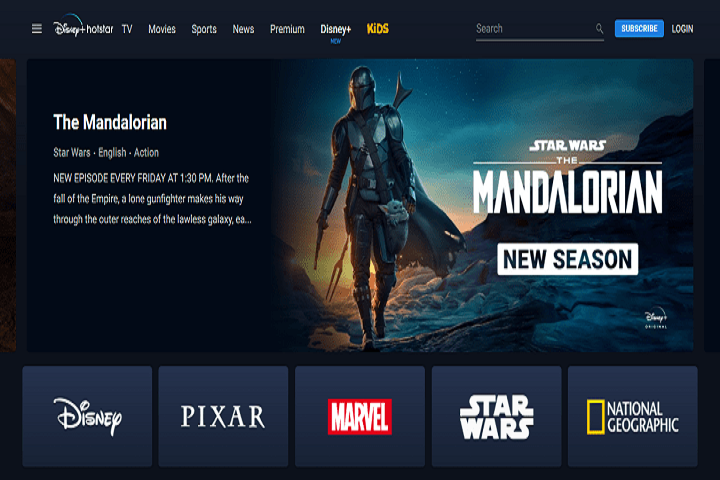Artificial Intelligence (AI)
Can Natural Language Processing Change the Future of Transportation?
Natural Language Processing Change Future Transportation. NLP offers actionable insights data, & this is changing the way transportation companies operate.

Artificial Intelligence (AI) is already increasing efficiency in transport, making it more reliable, safer, and cleaner. Companies across many transportation and travel segments, such as airports, airlines, railways, and more, produce a considerable amount of data.
Natural language processing (NLP) is a branch of Artificial Intelligence (AI) that offers the ability to gain actionable insights from this unstructured data, and this is changing the way transportation companies operate.
Chatbots are becoming a valuable tool, helping to make services more efficient. The capabilities of digital assistants to understand human speech have improved significantly.
People are now able to talk to their vehicles like they would to another person – in a conversational manner without rigid commands. This offers an excellent user experience with greater convenience and smarter behavior behind the wheel.
Sentiment analysis is another benefit of natural language processing. It gives an understanding of how customers feel and can be used to improve their travel experience and much more.
Table of Contents
1. What is natural language processing (NLP)?
A considerable amount of data is available today, but much of it is unstructured data – information that is not organized or pre-defined. Human language is very different from programming language.
It has arbitrary rules, nuances, dialects, slang, etc. that make it difficult for computers to understand. Understanding single words are not sufficient as the context can completely change their meaning.
Advancements in the field of natural language processing help to make sense of unstructured data by interpreting context, meaning, sentiment, and intent. It allows humans and machines to interact in much the same way as human beings converse with one another. Some NLP examples used daily include spam filters, auto-complete, sentiment analysis, and spell-check.
2. More efficiency with the use of chatbots
Chatbots are relatively simple machines that can follow a relatively structured conversation for a specific task. They are being used in many ways in the transportation industry. Logistics and supply chain owners are delegating many detail-oriented and repetitive tasks to them.
For instance, chatbots are being used to collect information and relay it back and forth between a driver and a dispatcher. If a driver arrives at a warehouse and finds that a shipment isn’t ready, he can report this and be notified when it will be prepared. Logistics managers waiting for the delivery can be advised that the driver will be late.
The driver receives an updated loading and delivery schedule, and he is also rerouted to avoid traffic congestion. All this is arranged by interacting with a chatbot. When a driver communicates with a chatbot by voice or text, the system uses inference models to “understand” how to answer questions related to shipping.
Whenever NLP is integrated into any transportation management system, it keeps track of and comprehends interactions. The system recognizes the behavior patterns of specific users and foresees what they require, which helps to save precious time.
AI-based systems and NLP technologies assist in working with significant volumes of unstructured data to extract critical information on dates, addresses, billing, and much more.
The parcel-delivery company, UPS Inc., has been using chatbots since 2016 to find locations, track packages, and get other information. Customers can interact with chatbots by using text or voice commands, thereby enjoying an enhanced experience.
3. Improved driver experience with automotive digital assistants
Some major automotive companies are already using automotive digital assistants powered by conversational artificial intelligence.
BMW and Mercedes are both using Nuance’s Dragon Drive AI, which is a hybrid of voice and natural language technologies. The voice interface uses speech recognition, natural language understanding (NLU), and text-to-speech technology. Dragon Drive AI enables drivers to access services and apps through voice commands.
For example, if you say “drive me to the Museum of Modern Art in New York,” your vehicle will take you there. You can find parking, the nearest gas station, and much more.
Simple in-car functions like selecting an address or a radio station use speech technology embedded in the car, independent from a data connection. For quick and accurate dictation or the latest information on points of interest, the power of the cloud is engaged.
Embedded and cloud-based technology are combined for optimal results. For those who don’t like talking, handwriting recognition is available. All-in-all, the whole experience is intuitive, flexible, and safe.
4. Improved passenger experience using sentiment analysis
Without sentiment analysis, data can be misleading, but using it can develop skills for passengers. Social sentiment can measure the tone of a message and assign a value or score to it based on several factors. Is a comment positive, neutral, or negative?
A spike in negative posts may provide an early warning of a service issue at a train station or bus station. The root cause of the problem can be uncovered and corrected.
Sentiment analysis enables airport companies to offer targeted services to specific users. For example, travelers in airports can not only be guided to the right gate in the airport but receive dining and shopping suggestions specific to their needs along the way.
Companies are even planning and designing airports by leveraging sentiment analysis to make better-informed decisions. The airports these companies build better serve stakeholders and travelers alike.
Social sentiment analysis can also help companies in the transportation industry to evaluate the health of their brand and understand how they stack up against the competition.
Understanding how a target market feels about a company and its services by analyzing overall sentiment can provide some valuable insights and improve customer experience.
5. A final word
Finding problems associated with delays and downtimes, removing errors, and reducing unnecessary spending are just some of the many benefits of using Artificial Intelligence (AI) in the transport industry.
The industry produces massive amounts of data from many different sources, including operating systems, customer interactions, mobile devices, weather reports, social media, and more.
Using natural language processing means this unexploited data can provide insights to precisely enhance model capacity, pricing, demand, revenue, customer sentiment, and more. Transportation firms can make more intelligent business decisions and forecast what they must do to stay competitive in the future.
-

 Instagram4 years ago
Instagram4 years agoBuy IG likes and buy organic Instagram followers: where to buy them and how?
-

 Instagram4 years ago
Instagram4 years ago100% Genuine Instagram Followers & Likes with Guaranteed Tool
-

 Business5 years ago
Business5 years ago7 Must Have Digital Marketing Tools For Your Small Businesses
-

 Instagram4 years ago
Instagram4 years agoInstagram Followers And Likes – Online Social Media Platform















